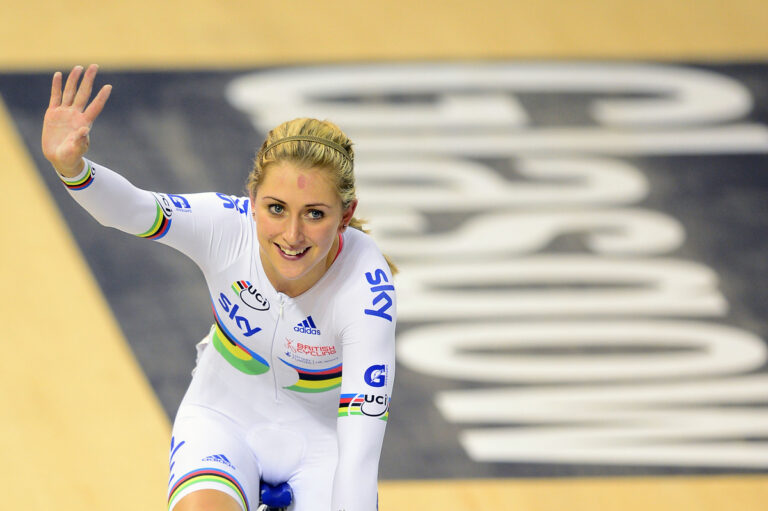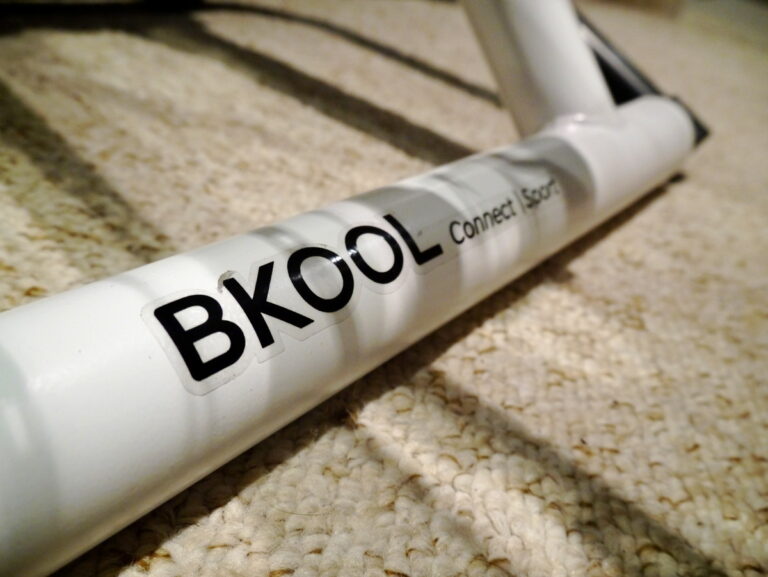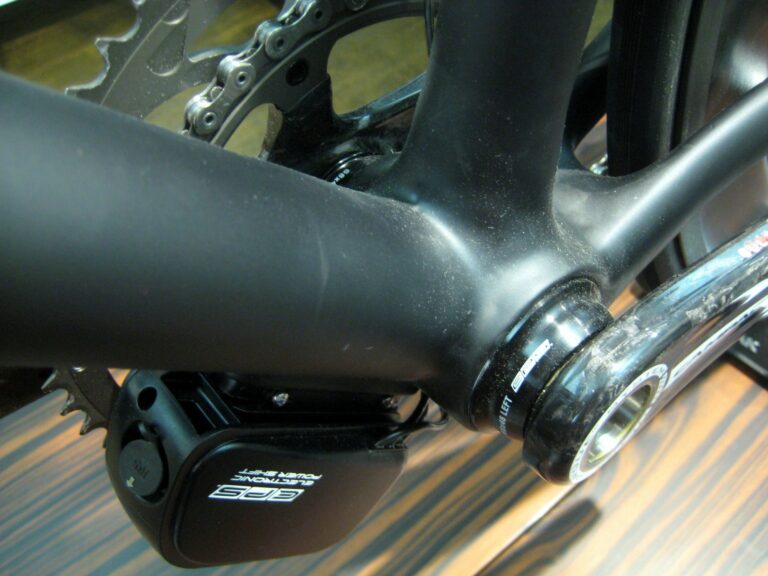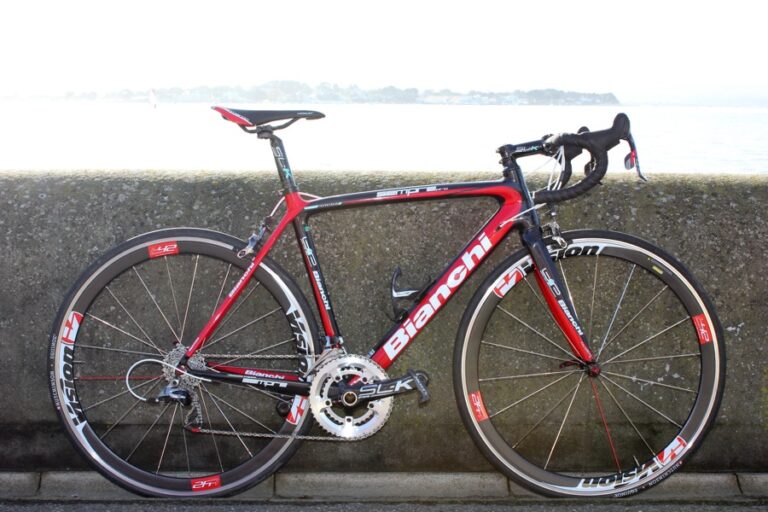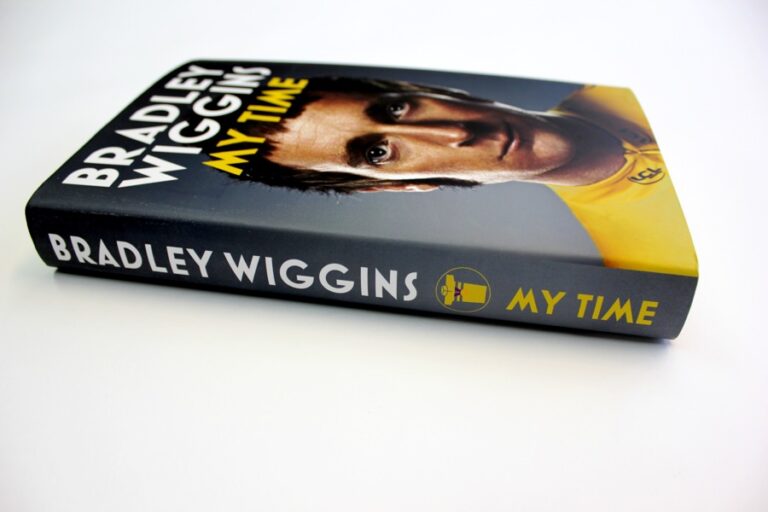Perhaps like some of you, I have grown up with my bikes, changing them as I changed as a rider, gradually finding a position that I felt comfortable with, or maybe just growing used to what I had.
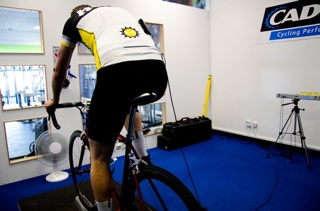 Who knows? One thing is certain: there are people who can analyse the efficiency of this habitual position. I tried the Retul system at the Cadence Cycling Performance Centre in Bromley.
Who knows? One thing is certain: there are people who can analyse the efficiency of this habitual position. I tried the Retul system at the Cadence Cycling Performance Centre in Bromley.
Retul was started in 2007 by Todd Carver, Franko Vatterott and Ivan Faul (the company has recently been bought by Specialized).
They set up a training programme to teach people how to use the 3D data captured by their software and analyse how a rider moves on the bike to determine if there are gains to be made in power, comfort, efficiency and endurance.
At Cadence, the man putting me through my paces was Garth Kruger, a fully certified Retul fitter, former elite racer and all round top chap, who is as keen on cycling as ever having spent over twenty years messing around on bikes.
Retul is used by many top teams and riders (RadioShack-Nissan-Trek and Garmin-Sharp, for example). All very serious. Fortunately for me, Garth is amused by my wobbly left ankle (due to a small cycle crash), and makes an allowance for it during the balance tests and knee bends that are part of the warm up before the fitting begins. A few stretching exercises later, and I am astride the Test Rig, which is mounted to a trainer, and covered from toe to hand in little black dots of velcro that secure LED transmitters and relay information to a data capture box and onto the computer screen in front of Garth.
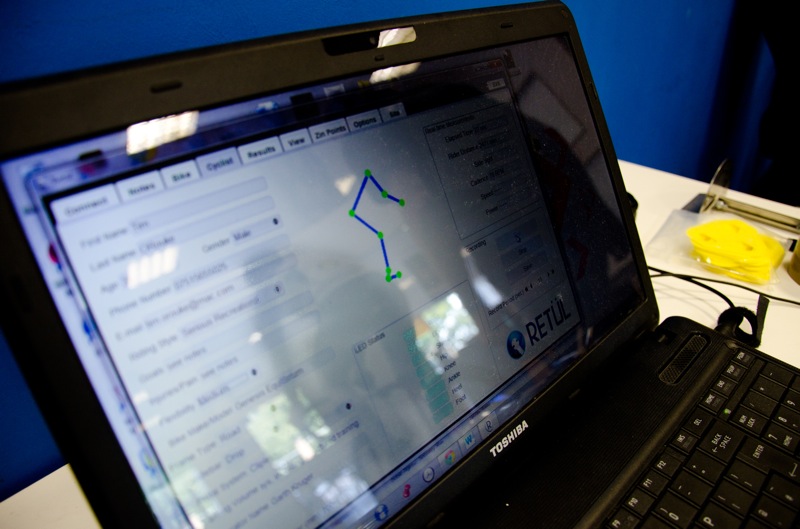
A loosening spin is followed by more intense efforts resting on the hoods and then the drops, and a few really hard efforts to finish. All the data from my various joints appears on the screen, even capturing my knee movement laterally. So…how is it?
I should know roughly what I’m doing, and indeed have tweaked a few bits of the Test Rig to make me more comfortable. It turns out my position isn’t too bad, giving me a low back angle and good stability on the bike (my ability to balance in my position without my hands on the handlebars shows I’m pretty close). But Garth is a perfectionist, and in his analysis of my position, asks me to remove my shoes so he can move my cleats back a few millimeters.
He discovers a propensity to dip my toes fractionally at the bottom of the pedal stroke; moving the cleats above the axle position, or even a millimeter of two behind, will help eliminate this, he says. Garth then drops my saddle down by what I consider to be a massive 10mm. ‘Crikey – it can’t be that bad?’ I ask. He explains that dropping the saddle will provide a further aid when combined with the slight adjustment to cleat position to combat the ‘dipping toe’ syndrome, and will ensure I don’t over extend my knee joint or rock on the saddle.
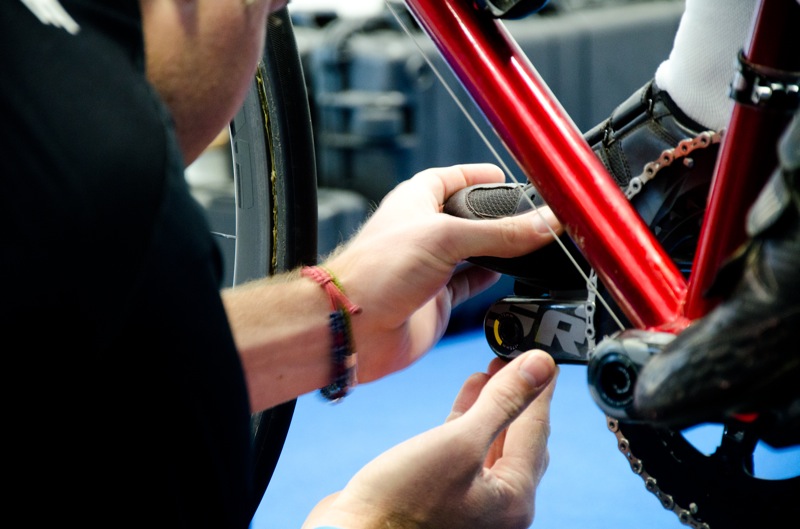
I complete the test again, both at a steady pace and with hard efforts. Data is re-captured and analysed on screen once again. Interestingly, the ‘toe dipping’ has gone, the lateral movement in my knees is reduced, and my hips don’t wobble as much as a millimeter, even during hard efforts. Impressive stuff. Garth asks how it feels. My answer? Super stable, and it’s true; I feel more directly connected to the bike, and with an added solidity to my pedal stroke. Remarkably, in spite of the drop in saddle height, I’m able to maintain the same low back angle, so the aerodynamics of my position are unaffected.
Garth proceeds to look at the bike and takes measurements of the Test Rig. What changes await here? Fortunately, none. The shorter stem I fitted was the right move, he says, and the ‘layback’ seatpost suits my ‘old school’ style, apparently (knees well behind the pedal axle at the 90 degree position). I don’t use cleat wedges, but Garth recommends considering a shoe or insole that would provide greater arch support for an even more stable feel.
All in all, it was a great session and a thoroughly interesting way to spend a couple of hours. Not everyone is sold on the merits of 3D fitting, but I’d disagree. Having experienced the process, I believe that the 3D data is very useful to study the range of motion of the cyclist on a bike. There is no ‘eyeballing’ and plumb lines in this fit. As with any fitting process however, it is only as good, or as individual, as the fitter. Garth at Cadence was impressive, his pedigree, depth of knowledge and clear enjoyment of the process and data was a great example of how precise the fit can be made in the right hands.
Discuss in the forum

